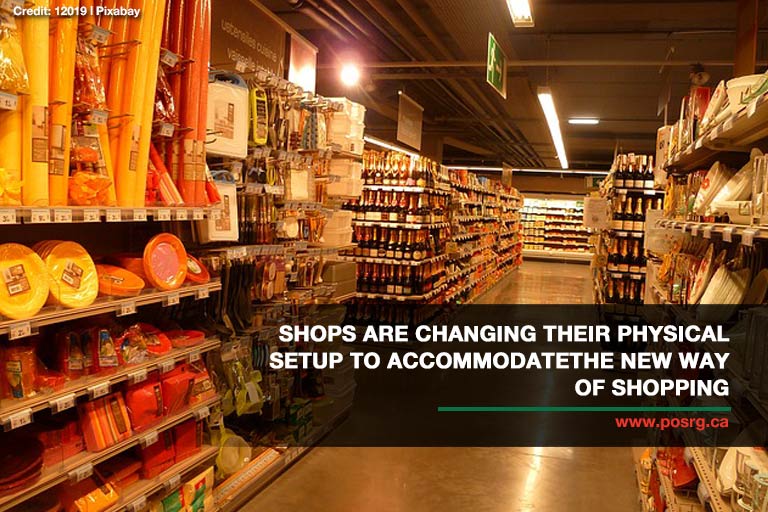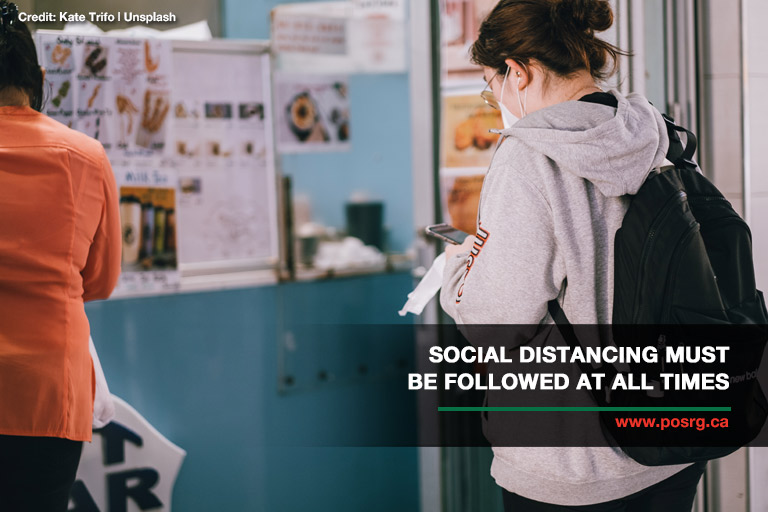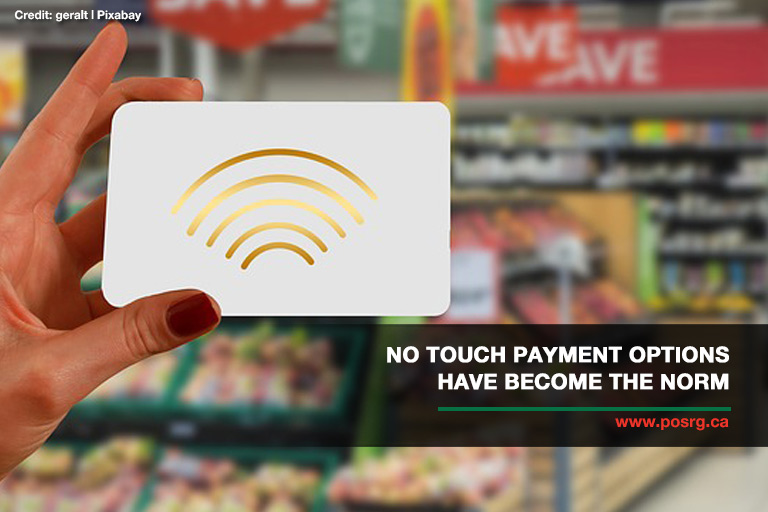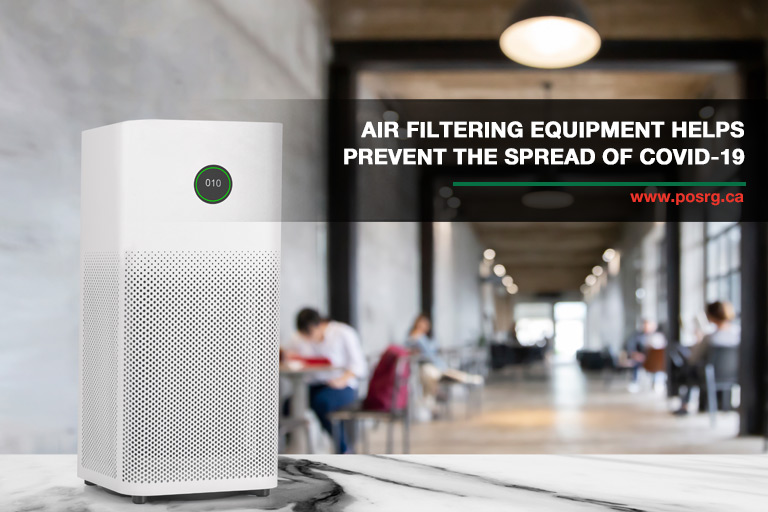The current global health crisis has forced businesses to evolve at a rate never seen before in history. Contactless shopping and payments suddenly became mainstream and e-commerce became a huge source of revenue for countless retailers. Additionally, new health and sanitation protocols are now a vital part of our daily routines.
For retail establishments to stay afloat and survive, they have to evolve and rethink the in-store experience. They have to be quick in implementing changes and step up to the challenges of the new normal. Let’s discuss how physical retail stores can adapt to the here and now.
Smaller Formats

Big-box retailers such as Ikea, Whole Foods, and Walmart have been toying around with the small-format store concept for years. Before the pandemic, the aim was to enhance penetration in urban locations, to better target busy people.
So now with fewer customers relying solely on physical stores to purchase products, companies can go further with the transformation of stores into showrooms that feature a curated selection of essential items. The economic benefits are worth the effort: minimizing the shop’s square footage means lower expenses in terms of staffing, maintenance, and rent.
Store Design that Promotes Distancing

Conventional retail shops are created to draw consumers further inside the establishment and keep them wandering around. Since the health crisis, however, the concern for both retailers and shoppers has become to make the shopping trip as efficient and quick as possible. Shopping trips have to be planned, specific, and focused on minimizing the risk of unwanted contact. Retail companies whose tactics still depend upon walk-ins or casual browsing will experience lasting decreases in sales.
The design of the physical spaces has evolved to better help lessen crowds: shops with multiple entrances are now separating incoming from exiting visitors, with clear signages to help manage the traffic, and the store displays are kept far apart to avoid crowding. Markers that help people maintain a safe distance are also expected to become part of the store design. Fixtures, furniture, and flooring colours are revamped so they can distinctly separate the waiting, passage, and browsing areas.
For various businesses, guaranteeing proper distancing isn’t just a legal requirement since concerned consumers will only shop if they feel it’s safe for them to do so. Other retail stores have installed digital displays that show how many shoppers are inside the shop, to ensure that the maximum capacity is not exceeded.
As effective treatments and testing become more accessible, people will probably return to their more casual shopping habits, but retail establishments — cinemas, children’s play zones, and food courts — may no longer have the same draw. It’s critical to find ways to make browsing safe, relevant, and enticing for customers to continue supporting your business.
Minimizing the Staff-Customer Interaction
Establishments have been implementing various types of solutions to lessen the risk of transmission between the staff and shoppers while retaining some of the social components of their customer service.
Numerous shops use plexiglass dividers that separate their cash registers from the customers. Moreover, some stores have placed buzzers by the checkout area, which shoppers can ring to alert a sales assistant. Moreover, other stores have adopted a digital approach and implemented self-service options which had become an accepted means of shopping even before the pandemic. Today, self-checkouts allow a contact-free shopping experience, while also helping minimize the risk of lines and crowding.
Contactless and Touchless

This pandemic has greatly increased the adoption of no-touch and low-touch forms of payments, such as contactless cards and mobile wallets. Although these technologies were already becoming popular before the pandemic started, they got a massive boost because of their role in minimizing the risk of COVID-19 transmission.
Aside from payments, businesses have had to look for ways to deliver product info while limiting the need for people to pick up the items. One of the highly popular tech solutions involves adding chips and QR codes to the shelves or the actual items. Shoppers can scan them to check the details — from materials or ingredients to usage instructions and other information — safely on their own gadgets.
Designate Pick-up Hubs

With the boom of both curbside and in-store pickups globally during the pandemic, numerous retail companies have had to rethink their shop’s purpose, physical design, and flow, quickly incorporating drive-thrus, pickup areas, and signages to help direct traffic flow.
Those establishments that were already offering in-store pickups had to reevaluate their operation to minimize friction and the risk of physical contact. If you have a grocery store, then you can also offer your in-store services virtually. Allow customers to shop online then schedule a specific pick-up time to minimize crowding in the pickup lanes.
A few years from now, we can expect to see pickup areas that are centrally located in various stores and that pick-up windows and drive-thrus will be a common feature in physical retail locations.
Focus on Safety and Air Quality

The prevailing uneasiness about closed spaces has propelled businesses to reexamine the typical model of a store as an air-conditioned establishment with numerous items and no windows.
To entice customers and overcome limitations on crowding, stores are moving outdoors. Some cities are allowing businesses to expand to the sidewalk and in some cases even as far as the roads.
Yet, moving outdoors may not be an option for some. For retail establishments tied to conventional spaces, tech can help lessen risk. Improved HVAC and air filtration systems help enhance the quality of air indoors and minimize the spread of contaminants by increasing air humidity and reducing pollution. It’s also crucial to reassure shoppers that shopping indoors can be safe.
The Bottom Line
If shoppers feel that your shop’s environment is unsanitary or unsafe, then they might share it online. You have to optimize the shopping experience if you expect people to keep patronizing your business. Remember, the procedures for sanitation and social distancing and how those procedures are seen by the public are now under constant scrutiny.
Keeping a retail location clean is a given, but businesses should go further to minimize areas of vulnerability by substituting the physical for the digital where applicable. Retail companies must plan for a different future — one that’s perhaps forever changed. They have to understand that what has been done for years can no longer be accepted. Retail companies have to be transparent about sanitation practices and cleanliness. The physical store layout will need to transform as well. They can open up the narrow aisles to create more space and breathing room. Place fewer items on the shelves.
Fortunately, digital technology can be used to bridge the gap between customers and products. Consider your customer’s personal device as the new retail portal. There’s an excellent opportunity to promote their mobile device as a safe and fun tool for shopping. You can create a strategy that uses existing and reliable technology to revitalize your retail business. Not to mention, you’re decreasing the health risk and nurturing your connection with the customers at the same time.
Do you need help in figuring out how to stay relevant during the pandemic? Contact Point of Sale Remarketing Group (POSRG) Canada now. We offer a wide array of POS solutions and protective gear so you can rise above the challenges. Our approachable staff will gladly assist you. Call us today at (905) 332-8809, we’ll be happy to help you with your needs!


